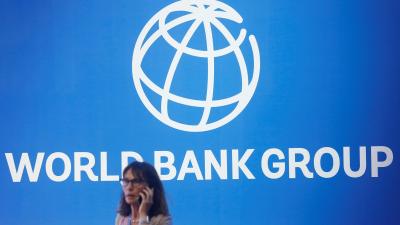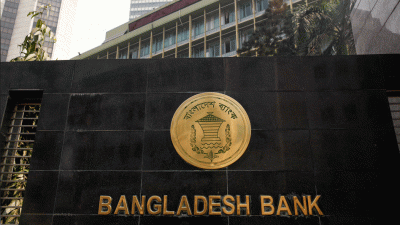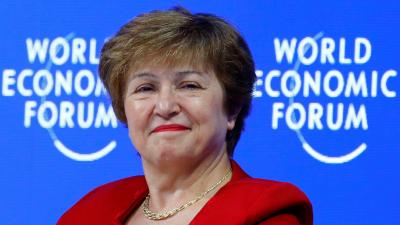 Amid talks of Nepal-Bangladesh dedicated transmission line passing through the Siliguri corridor in India, the secretary level meeting between energy officials of both countries agreed to use the existing setup of Indian transmission lines to trade power in the short run.
Amid talks of Nepal-Bangladesh dedicated transmission line passing through the Siliguri corridor in India, the secretary level meeting between energy officials of both countries agreed to use the existing setup of Indian transmission lines to trade power in the short run.
The agreement was signed by Nepal’s Energy Secretary Dinesh Ghimire and his Bangladeshi counterpart Ahmad Kaikaus during the Joint Steering Committee meeting at Cox Bazaar on Friday, reports The Kathmandu Post.
In line with the Memorandum of Under-standing signed by the two countries on ‘Cooperation in the Field of Power Sector’ last August, the authorities have also decided to study the prospect of building dedicated power lines in the long term.
Discussions on the use of Indian transmission lines passing through the Siliguri Corridor, also known as Chicken’s Neck, emerged in the wake of recent amendments to the cross-border energy trading regulations by India. The southern neighbor has relaxed earlier provisions and given explicit recognition to tripartite arrangements in cross-border electricity trade.
"The Transmission Planning Agency of India in consultation with the Transmission Planning Agency of the neighboring country shall grant access to the Participating Entities to use Cross Border Transmission Link for cross border trade of electricity," states India’s Cross Border Trade of Electricity Regulations, 2019.
During past meetings, Nepal and Bangladesh pledged to make their best efforts in devising such trilateral arrangements.
According to an official present in the meeting, the authorities from both countries have also planned to study and invest in 20 major hydropower project proposed in the white paper released by the energy ministry in May 2018.
The proposed projects include four storage and other major hydroelectric power plants such as Upper Arun, Dudhkoshi, Sunkoshi 2, Sunkoshi 3, West Seti and Phukot Karnali.
The estimated annual cumulative output of the proposed and under-study projects stands at 42713.18 GWhr (Gigawatt hours), nearly 12 times Nepal’s current total annual output.
"However, as majority of those projects are either under proposal or under study, the figures might vary in the final detail design," said the official.
Out of the 20 projects, the Nepal Electricity Authority is currently evaluating the detailed project report of the 800 MW (Megawatt) Dudhkoshi Hydropower project and the recent project optimization of Upper Arun, which revised its installed capacity from 725 MW to 1040 MW.
Bangladesh, one of the fastest growing economies aided by its manufacturing sector, is an energy-hungry nation which makes it a lucrative market for power produced in Nepal.
To satisfy its power demand, Bangladesh has floated plans to import around 9,000 MW from Nepal over the course of a decade.
And Nepal’s power generation is poised to surge in the next fiscal year as 43 projects with installed capacity of 1149 MW are expected to roar into life.
Given that, the energy ministry has accorded importance to conclude construction of high capacity substations at cross-border trade points and finalize the modalities for developing the 400 kV Butwal-Gorakhpur Transmission Line to facilitate cross border power trade.
The Transmission System Development Plan, unveiled by the ministry in July 2018, has also highlighted the need to have a robust distribution system to evacuate power to energy starved regions and facilitate electricity export to India and China.
In April 2017, Bangladesh had signed a Memorandum of Understanding with India’s NTPC Vidyut Vyapar Nigam to import 500 MW of electricity from the 900 MW Upper Karnali Scheme being built by Indian developer GMR in Western Nepal.
However, the parties are yet to finalize a power purchase agreement on trading electricity generated by Upper Karnali through the Indian grid.
Also, energy authorities of Bangladesh and Nepal have agreed to form a committee to study the prospect of transferring solar power technologies available in Bangladesh to Nepal.
 Business
Business
30708 hour(s) 1 minute(s) ago ;
Morning 06:55 ; Thursday ; Apr 18, 2024
Bangladesh, Nepal to use Indian grid for power trade
Send
Bangla Tribune Desk
Published : 17:29, Jun 23, 2019 | Updated : 17:32, Jun 23, 2019
Published : 17:29, Jun 23, 2019 | Updated : 17:32, Jun 23, 2019
0 ...0 ...
/hb/
Topics: Top Stories
- KOICA donates medical supplies to BSMMU
- 5 more flights to take back British nationals to London
- Covid19: Rajarbagh, Mohammadpur worst affected
- Momen joins UN solidarity song over COVID-19 combat
- Covid-19: OIC to hold special meeting
- WFP begins food distribution in Cox’s Bazar
- WFP begins food distribution in Cox’s Bazar
- 290 return home to Australia
- Third charter flight for US citizens to return home
- Dhaka proposes to postpone D8 Summit
Unauthorized use of news, image, information, etc published by Bangla Tribune is punishable by copyright law. Appropriate legal steps will be taken by the management against any person or body that infringes those laws.
Bangla Tribune is one of the most revered online newspapers in Bangladesh, due to its reputation of neutral coverage and incisive analysis.
F R Tower, 8/C Panthapath, Shukrabad, Dhaka-1207 | Phone: 58151324; 58151326, Fax: 58151329 | Mob: 01730794527, 01730794528






